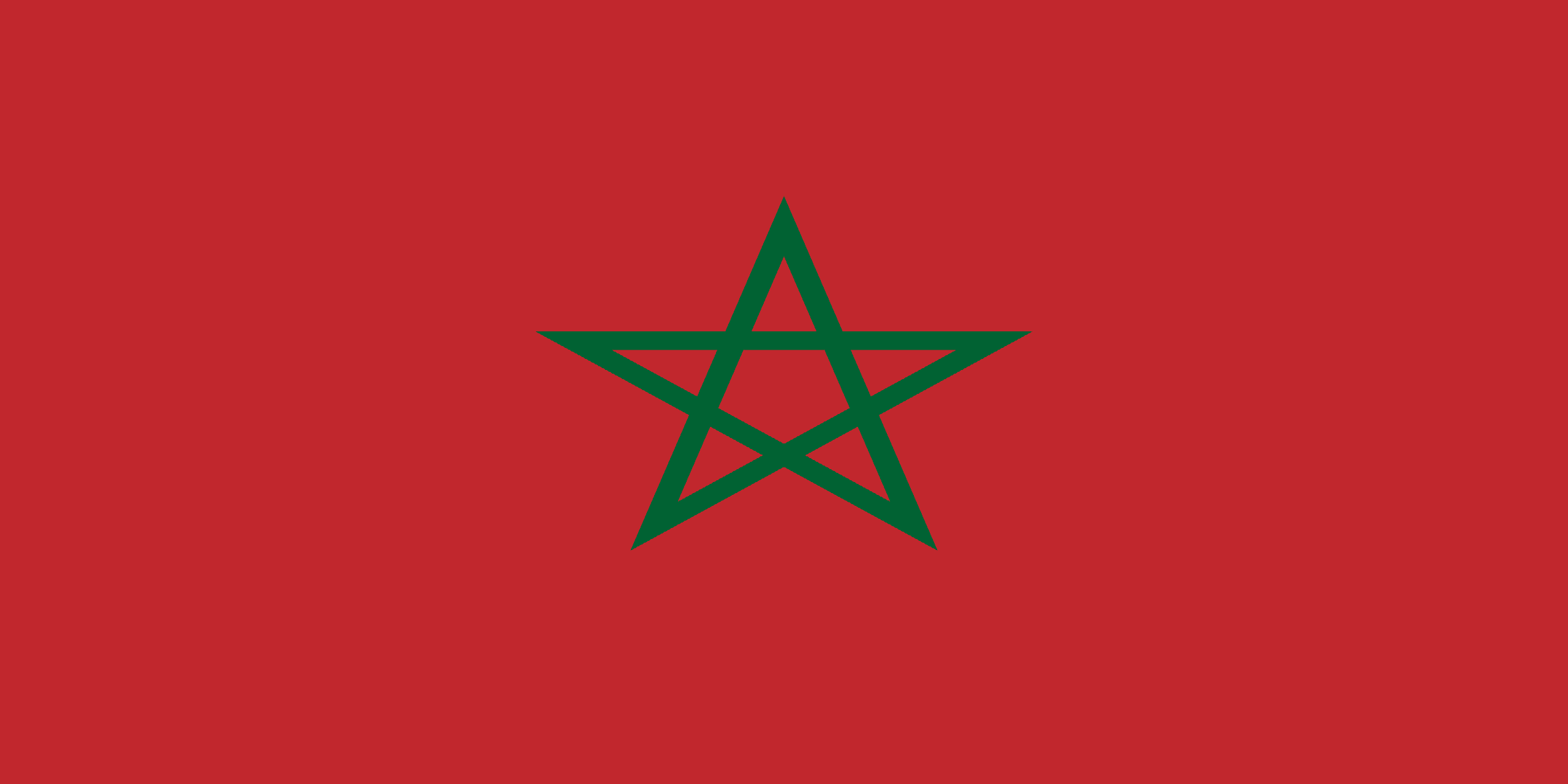Morocco
This Morocco Travel Guide will give you all the information you need to plan a trip to this wonderful North African country. Morocco is a land of stunning landscapes and rich cultural heritage. The country has attracted visitors since ancient times. Its strategic location on the Mediterranean made it a key trading stop. Today, it’s a popular tourist destination, with visitors from all over the world keen to experience its exotic culture. Travel in Morocco is easy and rewarding.
This North African gem is as compelling for its historical significance as it is for its modern-day dynamism. If you’re considering a visit to Morocco, here’s an in-depth look at the country. We’ll look at its history, culture, religion and climate to guide your journey.
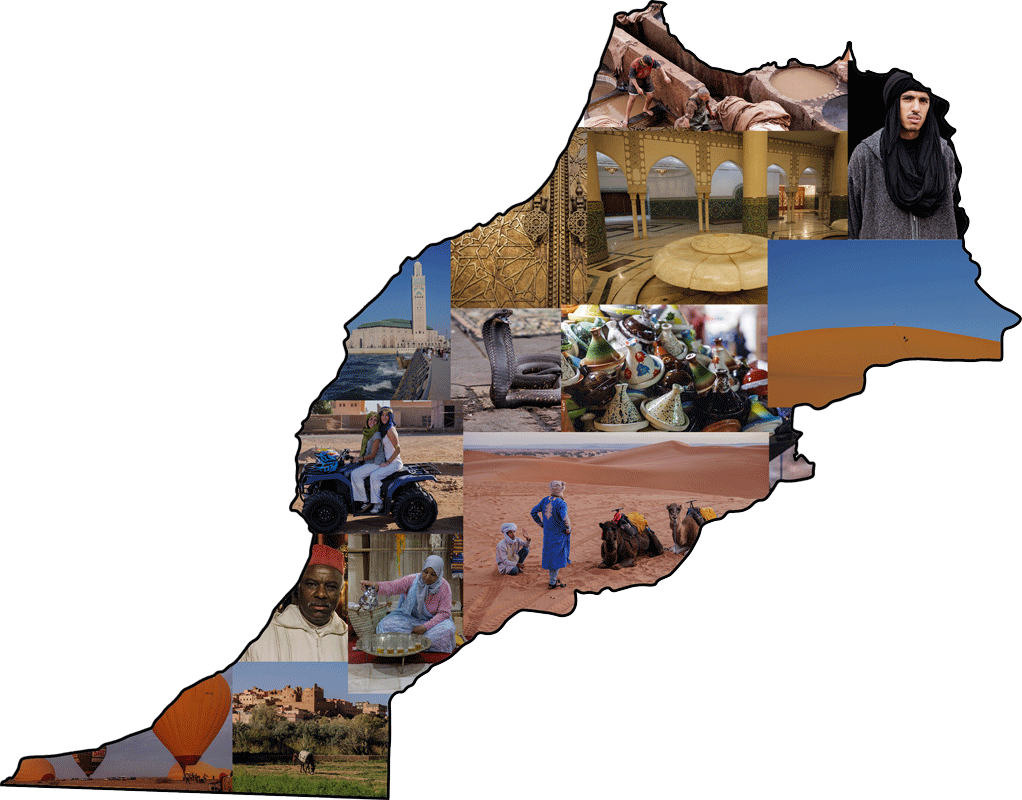
The Do Not Go Gently Travel Blog uses affiliate links. If you make a purchase after clicking on one of these links, I may receive a small commission payment at no extra cost to you.
When planning my trip to Morocco, I used the following resources.
Hotels – Booking.com
Tours and Activities – Get Your Guide and Viator
Travel Guides – DK Morocco and DK Top 10 Marrakech (Amazon Link)
eSIM – Yesim
Latest Posts from Morocco
Travel in Morocco – A Fascinating History
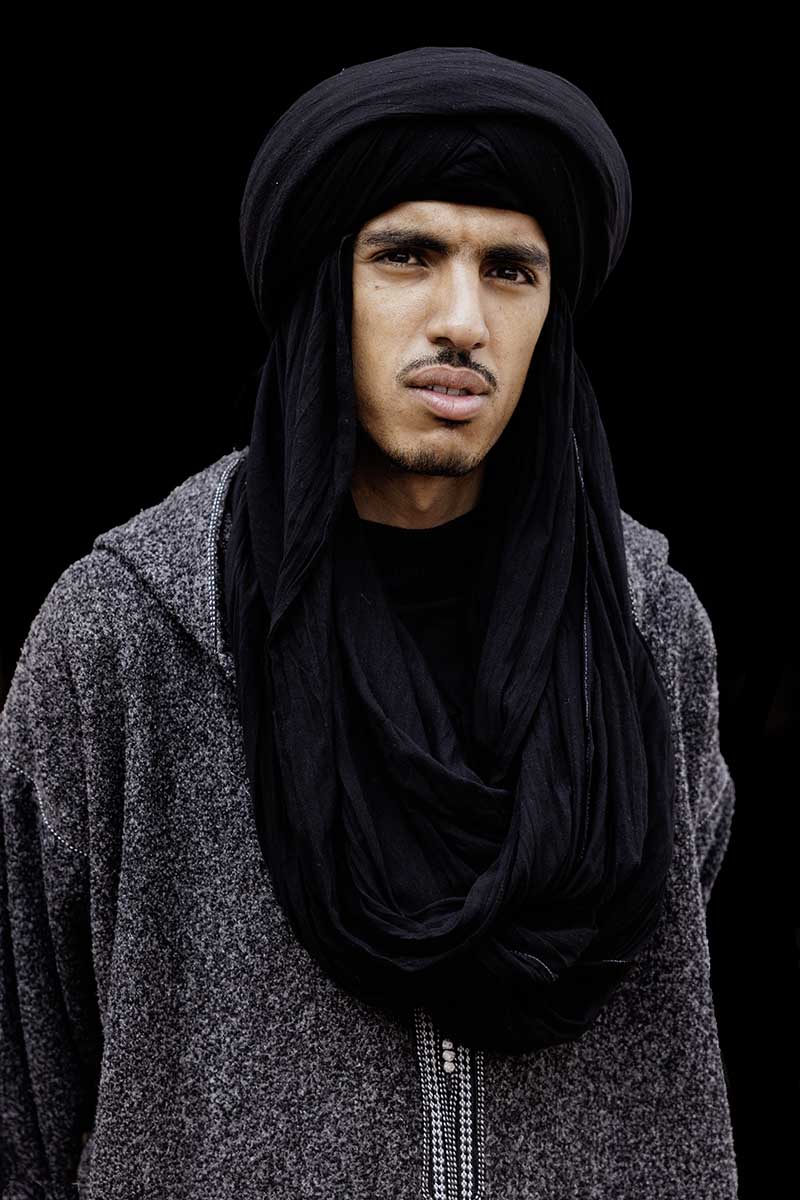
Archeological studies show people have inhabited the region since around 8000 BC. The Berbers or, more correctly, Amazigh, first settled it and they still influence Morocco’s culture today. Morocco later became a vital trade route in the ancient world, connecting sub-Saharan Africa with the Mediterranean and Europe.
Islam arrived in Morocco around the 7th century and is the dominant religion today with a profound influence on Moroccan culture and society. The creation of the Idrisid dynasty in the late 8th century marked Morocco’s first Islamic dynasty, establishing the foundation of a new Moroccan state.
Morocco has always been a crossroads of cultures, attracting the influence of Phoenicians, Carthaginians, Romans, and later Europeans. In the early 20th century, Morocco became a French and Spanish protectorate, bringing significant European influence. France strongly influenced Morocco during this period, and French remains widely spoken.
Morocco regained its independence in 1956 and has since emerged as a stable monarchy, with King Mohammed VI the present king. This history of colonial influence and Islamic heritage has created a fascinating cultural mosaic, making Morocco an enthralling destination for history enthusiasts.
Travel in Morocco – A Unique Cultural Heritage
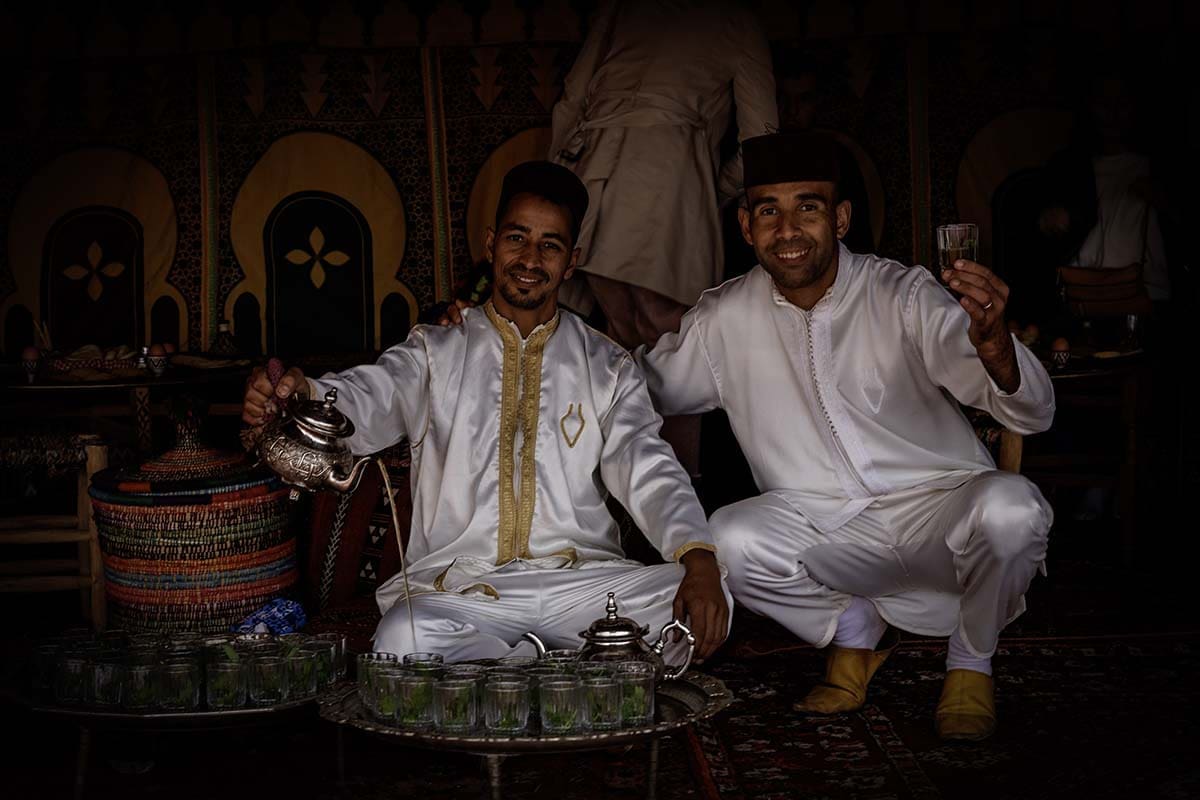
This section of the Morocco Travel Guide deals with Morocco’s incredible culture. Morocco’s culture is a vibrant mix of Berber, Arab, and Andalusian traditions, with distinct French and Spanish influences. This diversity is evident in its music, art, architecture, cuisine, and social customs. The fusion of these elements has shaped a culture that is uniquely Moroccan, where old and new, traditional and modern, blend seamlessly.
One of the most cherished aspects of Moroccan culture is its hospitality. Hosts show genuine warmth to guests, frequently offering a cup of mint tea — the national drink and symbol of Moroccan hospitality. They serve the tea ceremonially, pouring it from a height to create a frothy top. If the tea is too bitter, add sugar to taste.
Handicrafts are another important part of Moroccan culture, with skilled artisans producing a range of goods, from leather and pottery to intricate textiles and carpets. Each region has its own specialities, and many of these traditions date back centuries. Fes is famous for its leather tanneries, Marrakech for its lively souks, and Chefchaouen for its vibrant blue-washed buildings.
Travel in Morocco – Religion and Spirituality
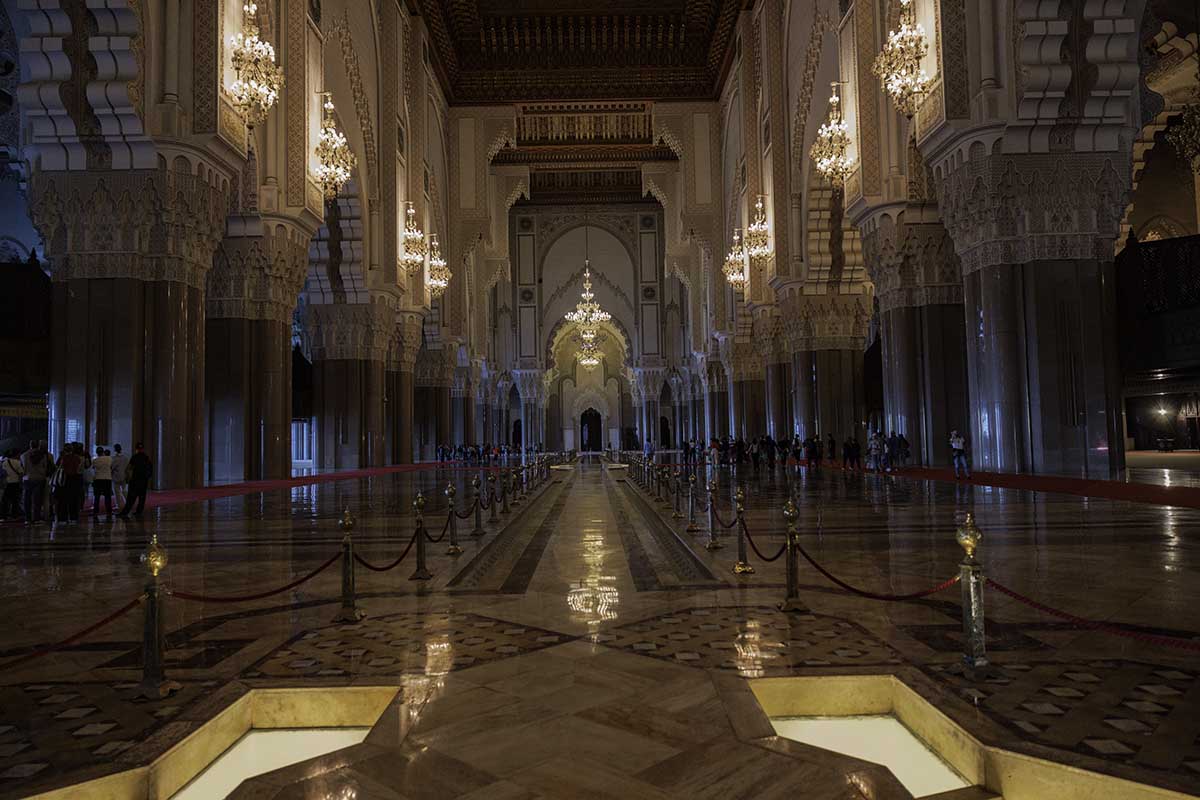
Morocco is an Islamic country, with Sunni Islam being the predominant religion. Islamic customs and values strongly influence Moroccan society, but the country is tolerant of other religions. The Moroccan constitution guarantees freedom of worship. Morocco has a long history of religious pluralism, with Jewish, Christian, and Berber religious practices playing a part in its heritage.
The call to prayer, or adhan, echoes through the cities five times a day, reminding Muslims to pray and offering visitors a glimpse into the spiritual rhythm of Moroccan life. Mosques are important religious and social spaces, and many, like the Hassan II Mosque in Casablanca, are architectural marvels. Access to mosques is not usually permitted for non-Muslims, but guided tours of the spectacular Hassan II Mosque are available.
Morocco also celebrates important Islamic holidays such as Ramadan, Eid al-Fitr, and Eid al-Adha. During Ramadan, Moroccans fast from dawn to sunset, and the end of the holy month is marked by festive meals and gatherings.
Morocco Geography

Geographically, two features dominate Morocco. the Atlas mountains split into three sections, Anti Atlas, Mid Atlas and High Atlas. These separate Morocco’s Mediterranean region from the world’s most famous desert, The Sahara. As well as having the Mediterranean to the north, Morocco also has an Atlantic coast.
Travel in Morocco – Climate and Natural Beauty
Morocco’s climate is as diverse as its landscapes, ranging from Mediterranean to desert conditions. Coastal regions, including cities like Casablanca and Rabat, enjoy a mild Mediterranean climate. Inland, however, the climate becomes more continental, with hotter summers and colder winters. Snow is common in the Atlas Mountains, facilitating winter sports.
The vast Sahara Desert in the south provides an arid, scorching climate with temperatures often exceeding 45°C (119°F) during summer. Erg Chebbi and Erg Chigaga are popular desert regions for camel treks and stargazing.
In the Atlas Mountains, where the weather is more temperate, spring and autumn are the ideal times to visit for trekking and exploring Berber villages. The High Atlas Mountains are especially picturesque. They offer breathtaking views, traditional mud-brick villages, and lush valleys filled with fruit orchards. Mount Toubkal, the highest peak in North Africa, attracts climbers and nature lovers alike.
Travel in Morocco Cuisine: A Culinary Journey

No Morocco Travel Guide would be complete without a section on Moroccan food. Moroccan cuisine is an irresistible highlight for any visitor. Known for its complex spices and rich flavours. Moroccan cuisine reflects the country’s history. Berber, Arabic, Andalusian, and French culinary traditions influence dishes. Meals are often a communal experience, with dishes meant to be shared. Tagine, a slow-cooked stew made in an earthenware pot, is one of Morocco’s most iconic dishes. The conical tagine pot’s clever design minimizes water usage, a critical feature in a desert culture. Moroccans often make tagine with meat, chicken, or vegetables, adding dried fruits, olives, and preserved lemons for a sweet-savory flavor profile. This cooking style is so old that the famous 8th-century Arabic book, “One Thousand and One Nights,” mentions it.
People traditionally serve couscous, Morocco’s national dish, with a variety of vegetables and meat; it’s another staple. The preparation of couscous is a time-honoured tradition and often reserved for Fridays, the holy day in Islam. Moroccan street food is equally delicious, with offerings like msemen (flaky flatbread), harira (a hearty soup), and fresh juices that are perfect for snacking while exploring. The huge Djemaa el-Fnaa square in Marrakech is famed for its street food scene.
Mint tea, often called “Moroccan whisky” because of its ubiquitous presence, is an essential part of Moroccan hospitality. Served sweet and with fresh mint leaves, it is more than just a drink, it is a social ritual enjoyed multiple times throughout the day.
Travel in Morocco – Markets and Souks
A visit to Morocco would be incomplete without experiencing the bustling souks. These traditional markets are found in nearly every city, but the souks of Marrakech, Fes, and Tangier are particularly famous for their energy and variety of goods. Here, you’ll find a dazzling array of spices, leather goods, ceramics, textiles, and jewellery. Bartering is part of the experience, so don’t hesitate to negotiate the price.
In Marrakech’s Djemaa el-Fnaa square, the evening comes alive with food stalls, snake charmers, lantern sellers, and musicians. The vibrant atmosphere and sights, sounds, and smells create a sensory overload that is quintessentially Moroccan.
Conclusion: Why Morocco is a Must-Visit Destination
Morocco’s charm lies in its contrasts — from ancient medinas to modern cities, from rugged mountains to endless deserts, and from tranquil coastal towns to bustling souks. Its rich history, diverse culture, and stunning landscapes offer travellers an unparalleled experience. Whether you’re wandering through the narrow alleys of Fes, sipping mint tea in a mountain village, or riding a camel through the Sahara, Morocco promises a journey of discovery and delight.
For those in search of adventure, authenticity, and cultural enrichment, Morocco is a destination that promises to captivate the heart and inspire the soul. As you leave, you’ll carry memories of its vibrant colours, rich scents, and warm hospitality — a testament to the enduring allure of this North African jewel.
Related Posts
10 Best Things to do in… Posts
Best Things to do in Singapore

